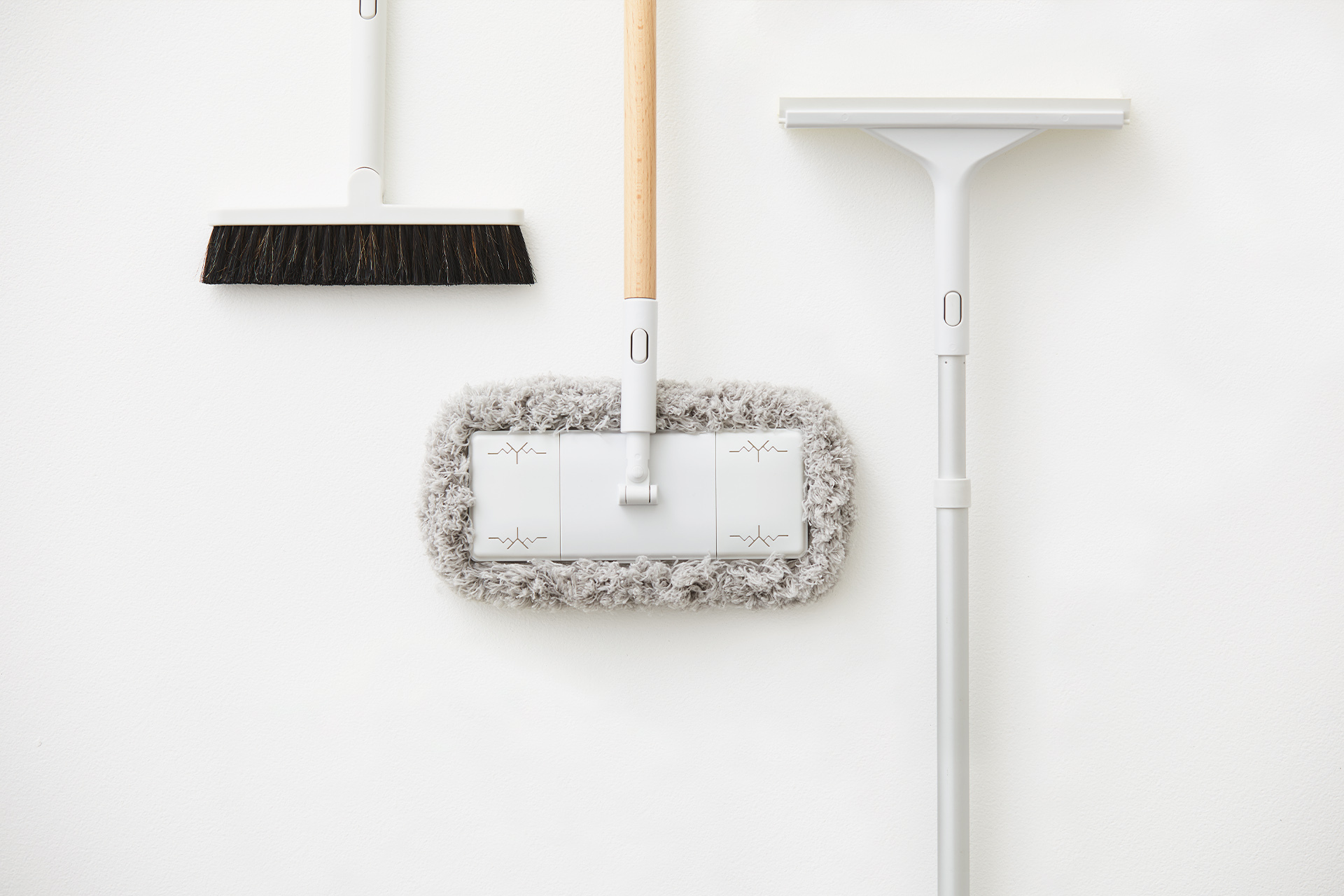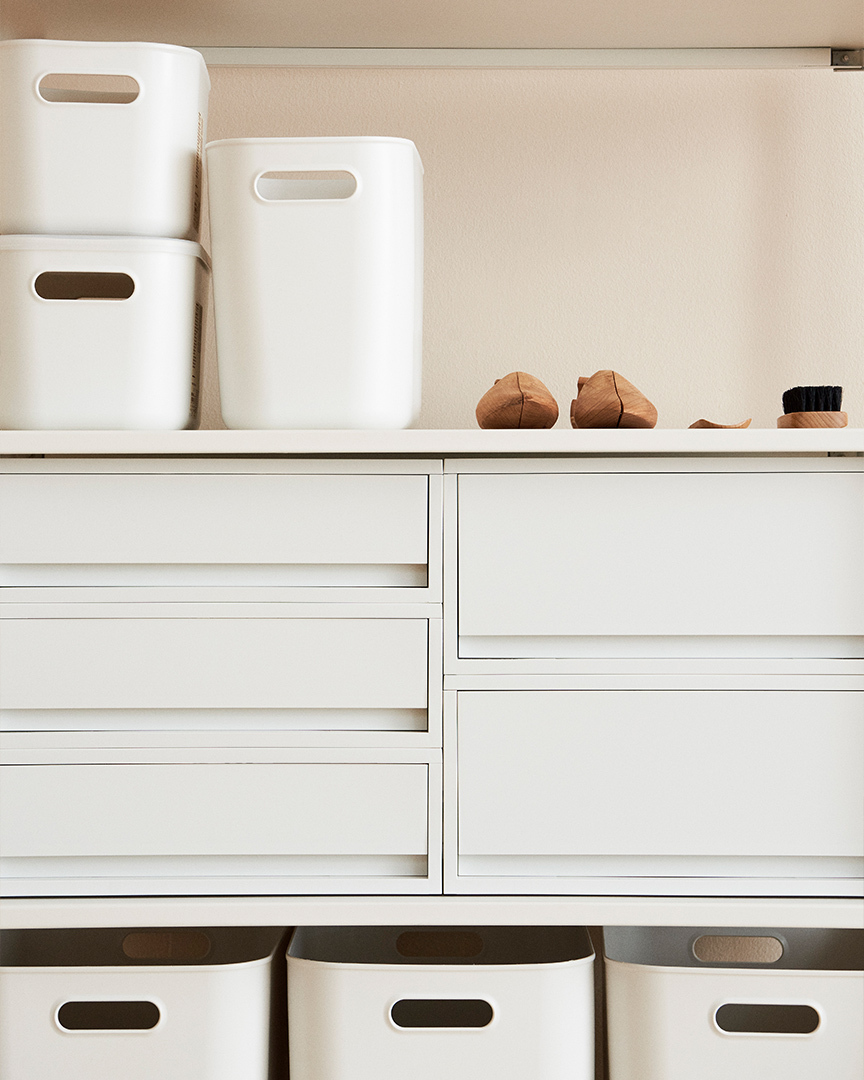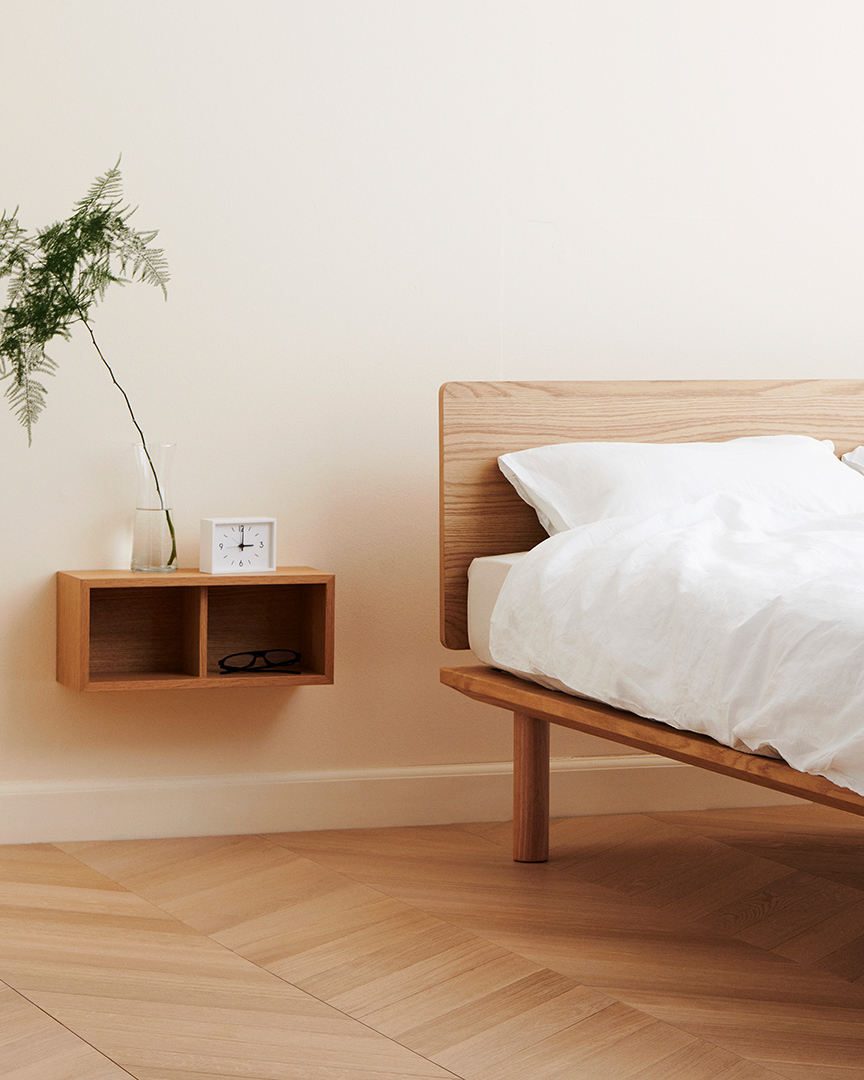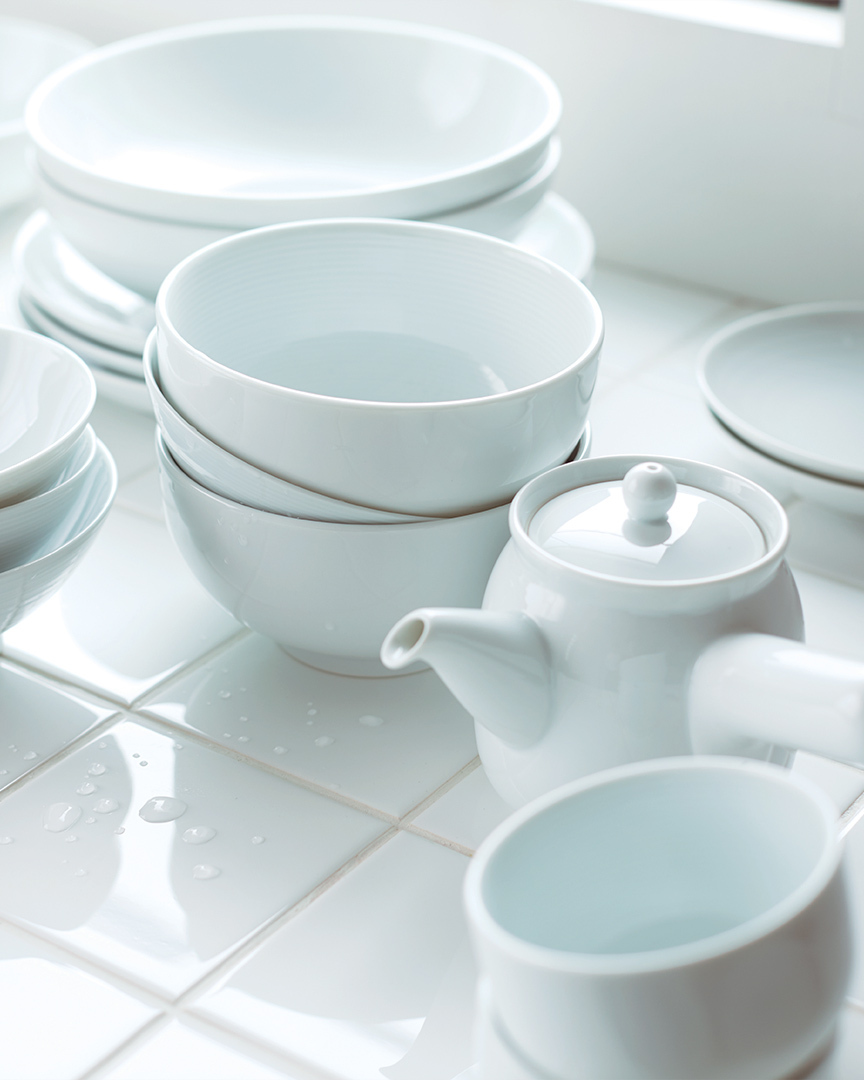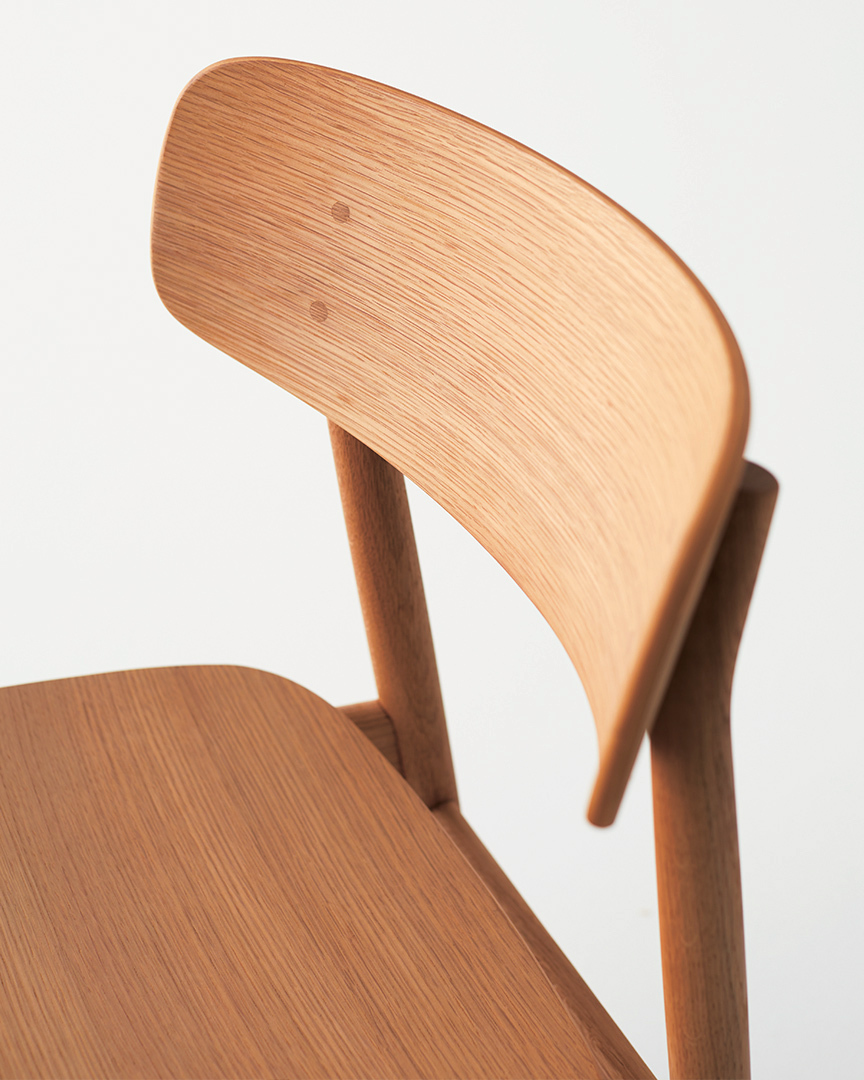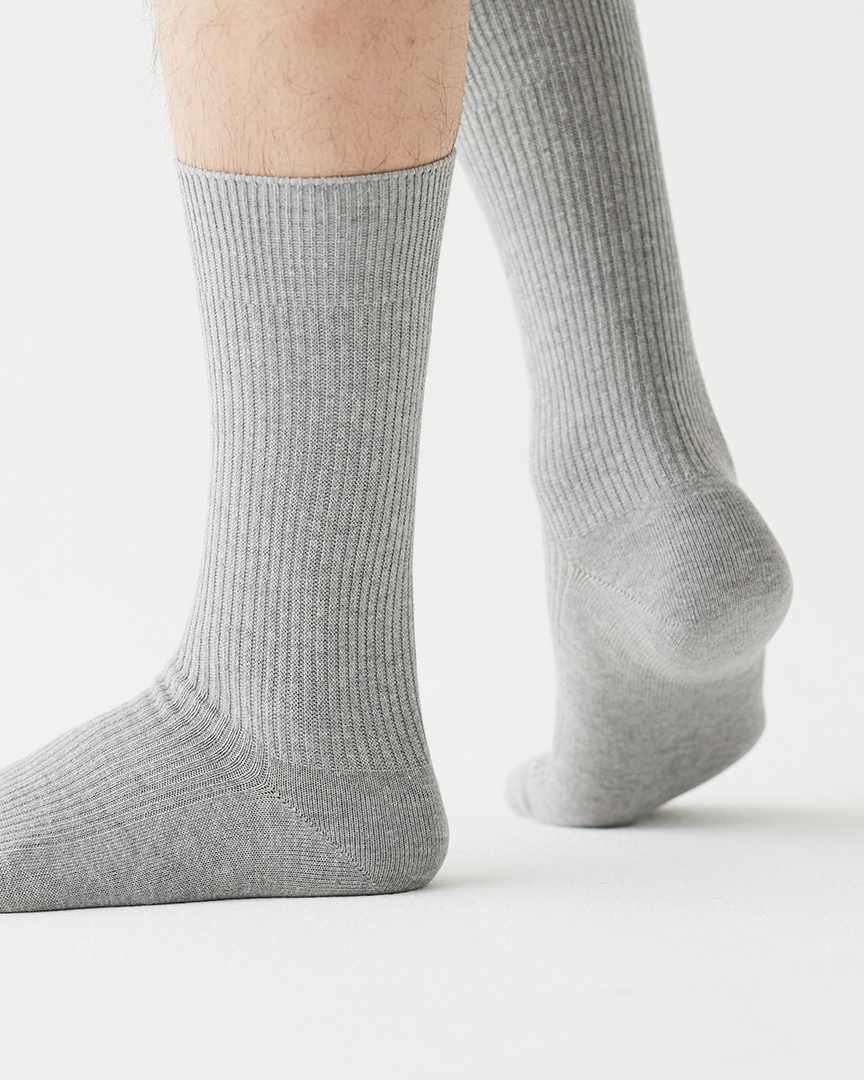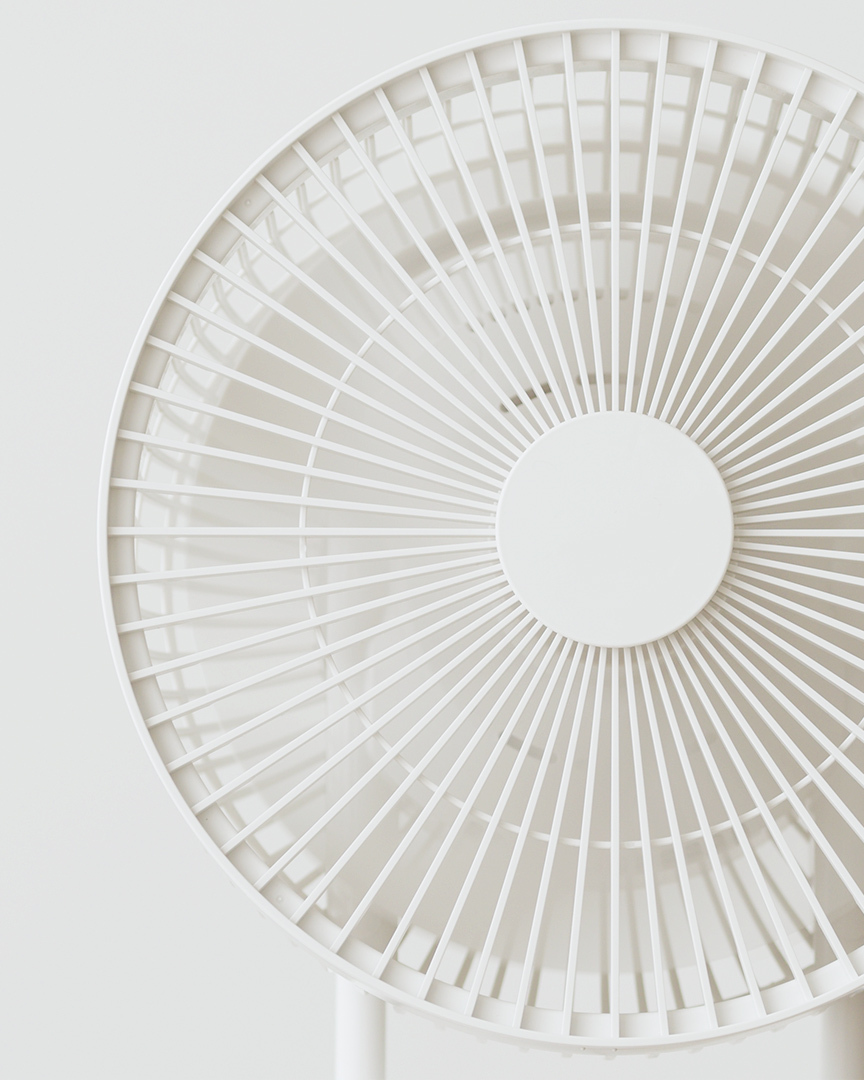The art of simple design
Simple design is far from simplistic. It is a sophisticated language, a blend of engineering excellence, research, and a deep appreciation for beauty and generosity.
When excess often dominates, what makes simplicity so powerful, and how does it shape the way we interact with everyday objects? Minimalism is not just a concept: it is a commitment to creating intentional, universally accessible objects. Explore its philosophy, its impact on our lives, and the timeless appeal of functionality.
Minimalism: designs to enhance daily life
The true value of simple designs lies not in their visual appeal but in how they are used, and enhance lives by clearing visual and thus mental clutter: the spaces we live in quietly form our daily lives, making simplicity more impactful than it seems.
These principles are at the core of MUJI, where objects are more than just items; they represent a choice about what enters our homes, our bags, and the fabric of our daily routines. It is the choice to shape our inner world by focusing on what is essential, on "what will do."
Freedom and emptiness: the Japanese perspective
Far from the frameworks of western design, Kenya Hara, MUJI's Board Advisor and Graphic Designer since 2001, uses a distinct word to describe this minimalist philosophy: emptiness.
“Because it is empty, there’s a possibility for it to be filled. Giving users the freedom to use our products however they wish is what I mean by emptiness.”
Hara defines this emptiness as the specific design quality that allows the user to discover their own unique way of using the object, for their own needs, and their own context. MUJI products are not only defined by streamlined processes and simplified forms, but also by the generosity of this empty abstract space - and, from there, the freedom extended to the user. This concept of emptiness, alongside the principle of su meaning “plain” or “unadorned”, is central to MUJI’s philosophy; together, they suggest that simplicity is not only modest or frugal but can, in fact, be more attractive than luxury.
Honest and timeless
Applying these philosophical roots results in researching functionality, as well as a deep understanding of human behaviour. How do we use the objects in our homes? How does a hand hold a teapot? What’s the most effective way to maintain a kitchen?
More than a fashion, this approach to design is focused on three key principles:
- Inspiration drawn from traditional objects that have endured for their practicality: a tribute to usefulness, history, and culture, not fleeting trends.
- Quality craftsmanship: exceptional expertise, skill, and passion to deliver truly well-made and functional objects.
- High-quality materials, carefully selected to be comfortable, durable, and sustainable.
From a ceramic teapot to a wooden shelf, a cotton T-shirt to comfortable slippers, this commitment to simple forms enables the creation of purposeful, universally accessible objects.
The engineering of life tools
Simplicity in design bridges the gap between quality and accessibility. It results in objects that are intuitive to acquire, use, and maintain. Choosing this approach means reclaiming the power to shape our interactions with daily objects - and with the world around us.
“A robust force of invisible strength,” – as described by Lidewij EdelkoortThoughtfully made, beautiful, and meaningful objects: minimal design combines philosophy and human observation, anchored in constant research and development, to create the tools that help us live more freely.
